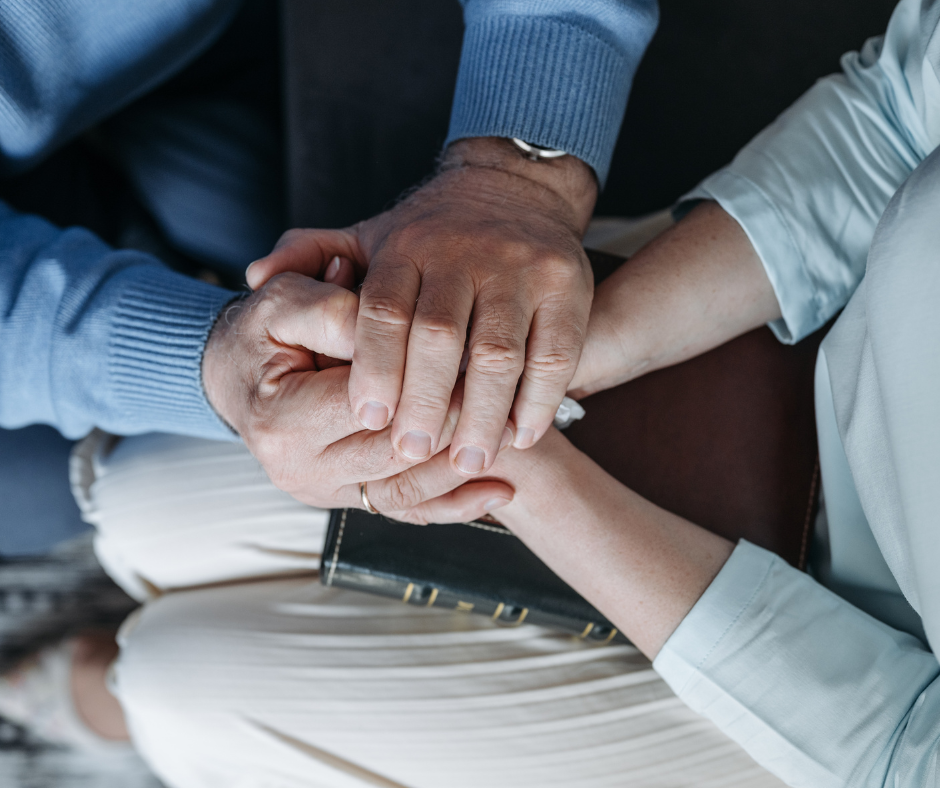Understanding the Five Stages of Grief: A Comprehensive Guide to Healing
The grieving process is a deeply personal journey that affects each person differently. While the 5 stages of grief provide a framework for understanding our emotional responses to loss, recent research has shown that the healing process is more fluid than previously thought. This comprehensive guide explores how different stages of grief manifest and offers insights into coping with significant loss.

The Evolution of the Grief Model
Dr. Elisabeth Kübler-Ross’s grief model has evolved since its introduction, with modern grief counseling recognizing that a bereaved person may experience these stages in varying orders and intensities. Understanding these stages helps both the grieving person and their support system navigate the complex emotional landscape of loss.
The Traditional Five Stages
Denial Stage: The Initial Shield
When faced with a terminal illness or the death of a family member, the denial stage serves as the mind’s first line of defense. This emotional response helps manage overwhelming emotions and provides time to process the reality of the loss.

Anger Stage: Processing Pain
During the anger stage, intense emotions surface as the reality of the loss sets in. This phase of the grieving process often involves questioning why the loss occurred and experiencing overwhelming emotion toward various aspects of the situation.
Bargaining: Seeking Control
In this stage of grief, people often experience anticipatory grief, especially when dealing with impending death. The bargaining stage involves attempting to negotiate with fate or a higher power to change the outcome.
Depression Stage: Confronting Pain
The depression stage brings a deep sadness as the final stage of active grief approaches. During this time, many people benefit from joining a support group or seeking grief counseling to manage clinical depression symptoms that may arise.
Acceptance: Finding Peace
The acceptance stage marks a significant shift in the healing process. While it doesn’t mean complete recovery from grief, it represents a new understanding of life after loss.


Understanding Prolonged Grief Disorder
Recent research has identified prolonged grief disorder as a distinct condition affecting approximately 7-10% of bereaved individuals. Unlike the normal grieving process, prolonged grief disorder involves persistent, intense grief that significantly impairs daily functioning beyond expected timeframes.
Signs of prolonged grief may include:
- Persistent yearning for the deceased
- Intense emotional pain
- Difficulty accepting the loss
- Identity confusion
- Feeling that life is meaningless
- Severe emotional numbness
The Healing Journey
Modern grief counselors emphasize that there’s no “right” way to grieve. Each person’s emotional response to loss is valid, whether they experience all five stages or move through different stages in their own unique pattern. The key is finding healthy ways to cope with grief while allowing yourself to feel and process each emotion as it comes.
Supporting Someone Through Grief
When helping a loved one navigate their grief journey, remember:
- Every grieving person processes loss differently
- The stages aren’t linear
- Professional support through a grief counselor can be beneficial
- Healing takes time and patience
Moving Forward
While the 5 stages model provides a valuable framework, contemporary understanding of grief acknowledges that healing is rarely linear. Whether experiencing anticipatory grief before a loss or processing a sudden death, remember that your grief journey is unique to you.
FAQs about the Five Stages of Grief
No, the Five Stages of Grief are not experienced in a strict order. Grief is a personal and unique process, and individuals may move back and forth between stages or skip some altogether. For example, someone might feel anger before denial or experience depression while bargaining. It’s important to understand that these stages are a framework to help people process their emotions, not a step-by-step guide.
Yes, it’s possible to feel stuck in one stage of grief, especially in denial or depression. When grief feels overwhelming, some people may struggle to move forward. This can happen if they don’t have adequate support or if the loss was particularly traumatic. Seeking help from a counselor, therapist, or support group can be crucial in overcoming this challenge and continuing the healing process at a manageable pace.
There’s no set timeline for grieving, as it varies for each person and situation. Some individuals may move through the stages quickly, while others take months or years to process their emotions. External factors, such as the nature of the loss and the availability of a support system, also play a role. The key is to allow yourself the time and space to grieve without comparing your journey to others’ experiences.
The best way to support someone grieving is to listen without judgment and offer your presence. Avoid trying to “fix” their feelings or rush them through the process. Instead, validate their emotions and let them know it’s okay to feel sad, angry, or confused. Offering practical help, such as cooking meals or assisting with errands, can also show care. If their grief feels unmanageable, gently suggest seeking professional help or joining a support group.


